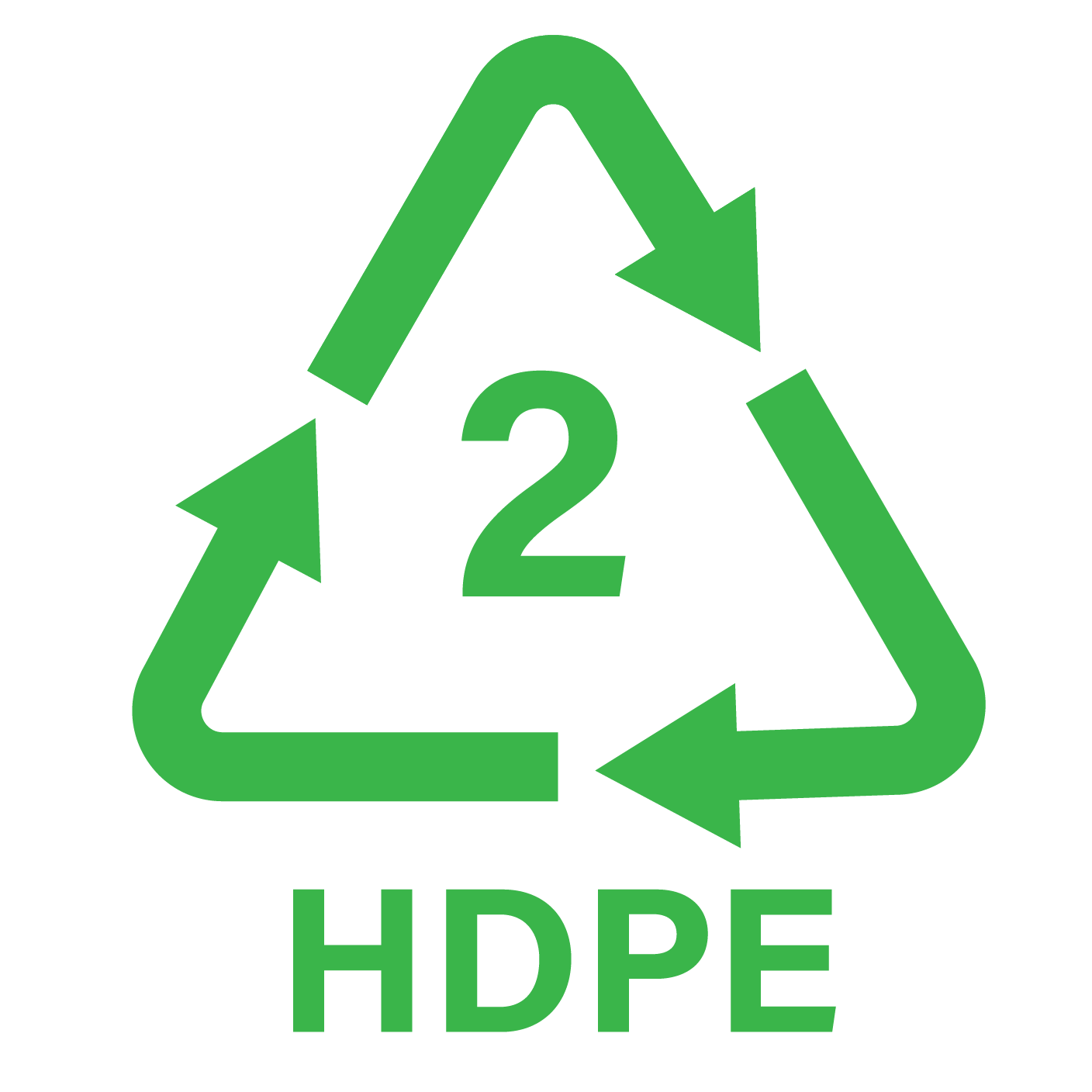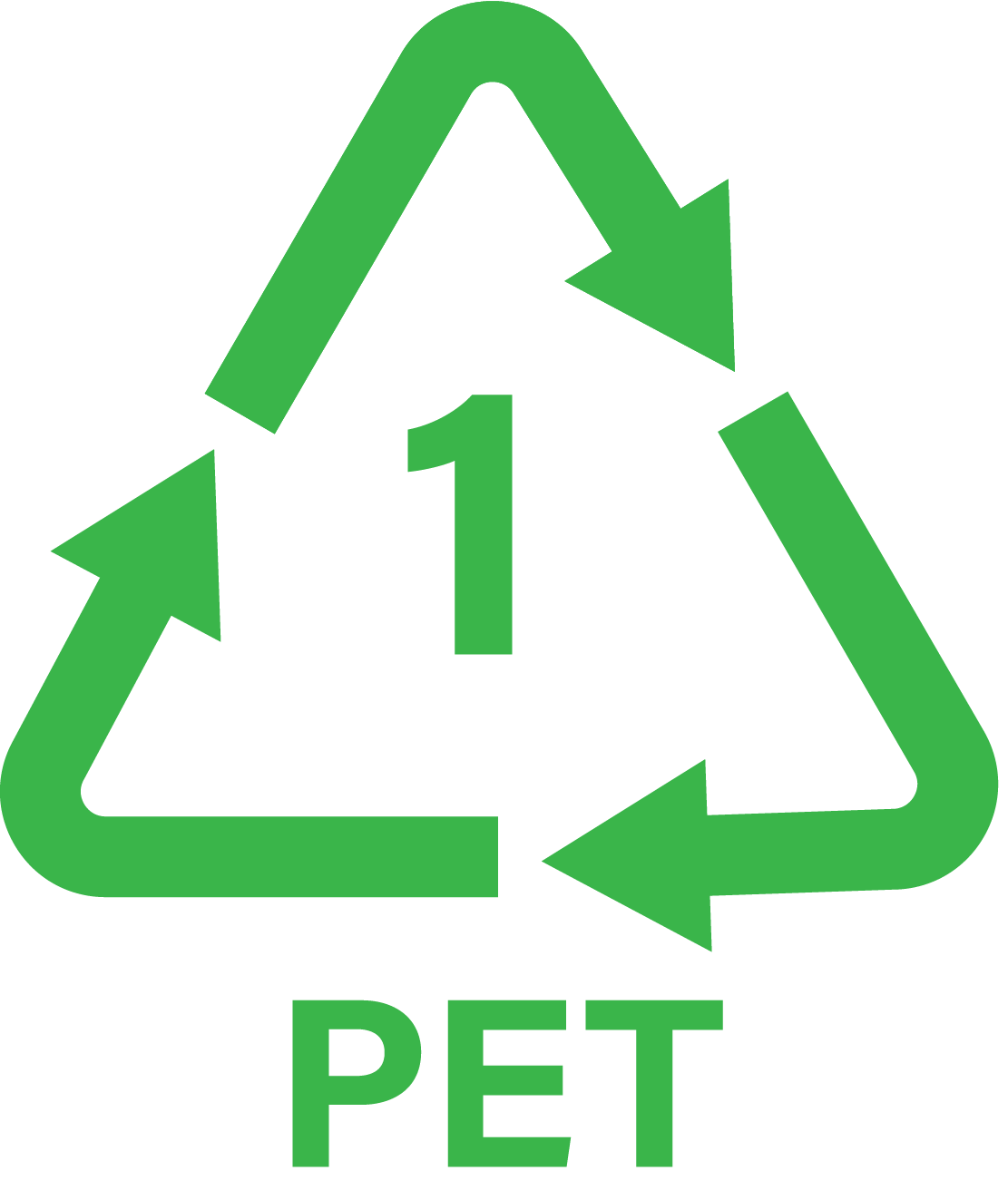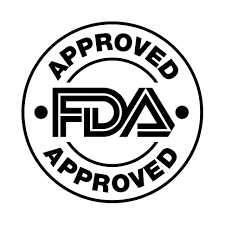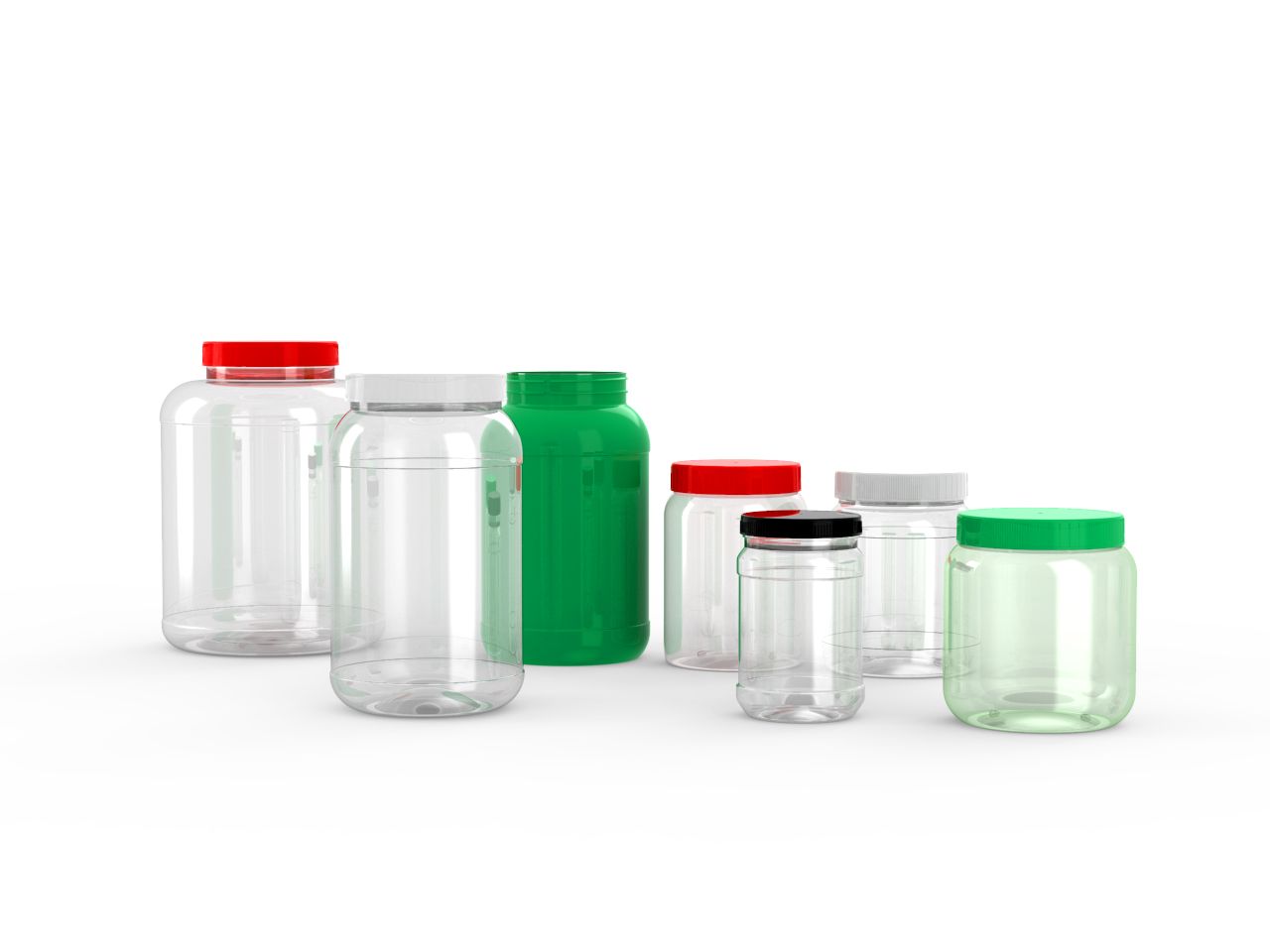Got Questions About Preform Packaging?
If you have questions relating to packaging
your product, we would love to hear from you.

Stay Informed
FAQ Page Contact
FAQs
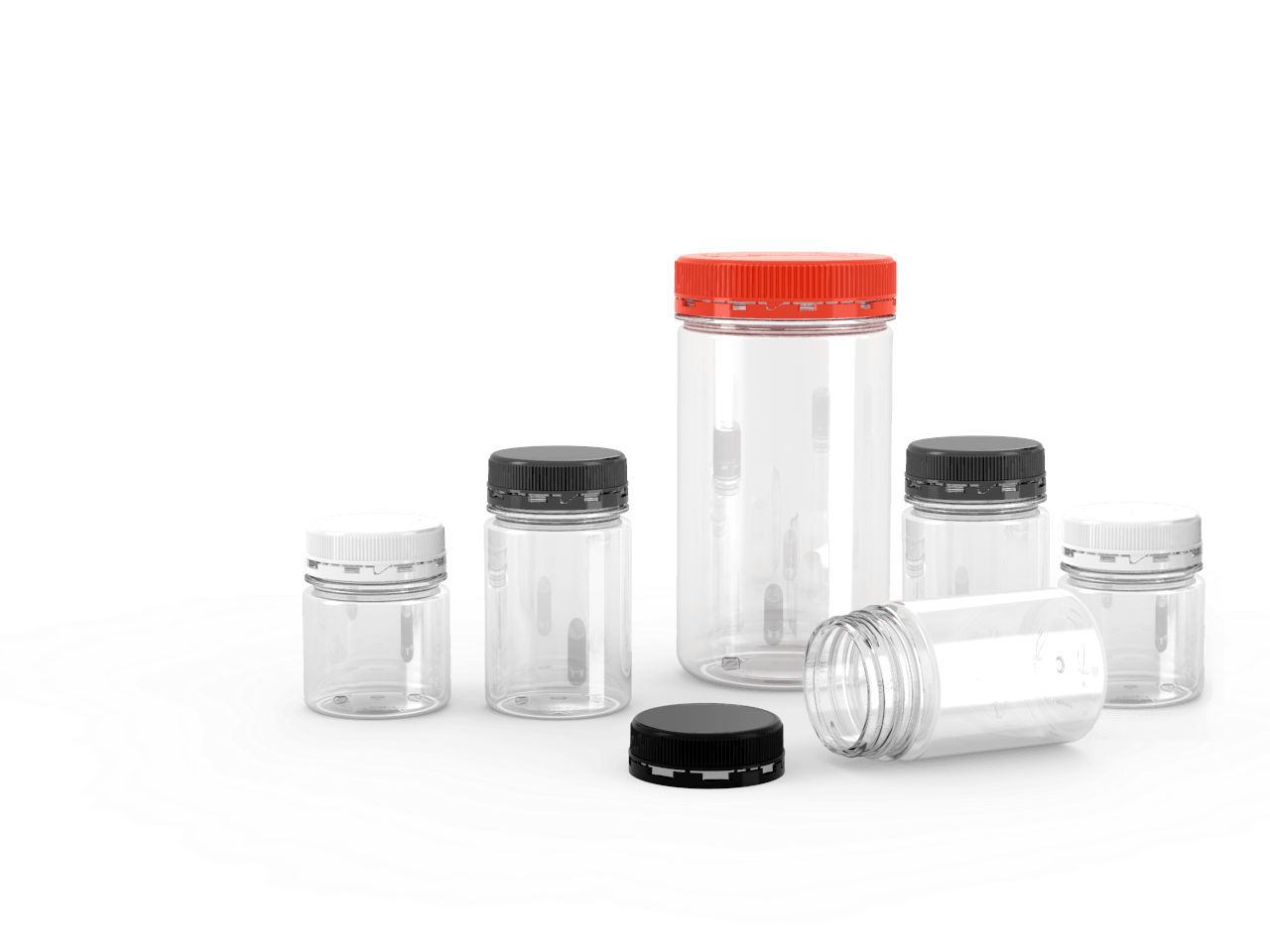
Quality Packaging
We have apply years of expertise and knowledge in providing the best in manufacturing design and processes to bring our customers the best solutions in plastic packaging.
Happy Customers
We care about our customers, and the end user of our products, and the environment. We offer custom solutions and a 360° service with sustainable plastic packaging options.
We Care About Environmental Concerns
Plascene offers environmentally friendly options to our customers, and in collaboration with our parent company have recently built an impressive plastic recycling operation that performs end to end recycling of plastic, ensuring we have a safer and more sustainable world.
